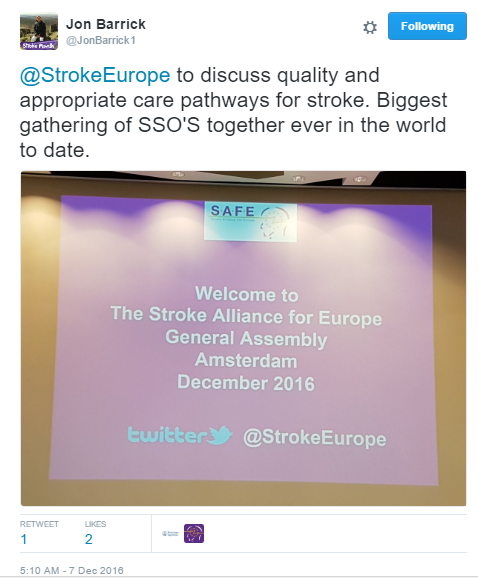
Dec 8, 2016
Amsterdam, 8th December 2016 – The Burden of Stroke is the main topic of this year’s Working Conference, with two days dedicated to analysis of the preliminary research findings around 12 indicators of care.
After a successful start yesterday, and a full day of discussion based on preliminary findings, SAFE delegates continue to work on recommendations on how to improve stroke prevention, acute & long-term care across 33 European countries.
This is just a start of an important journey which will culminate in second week of May 2017, the European Stroke Awareness Week, at the big launching event. (more…)
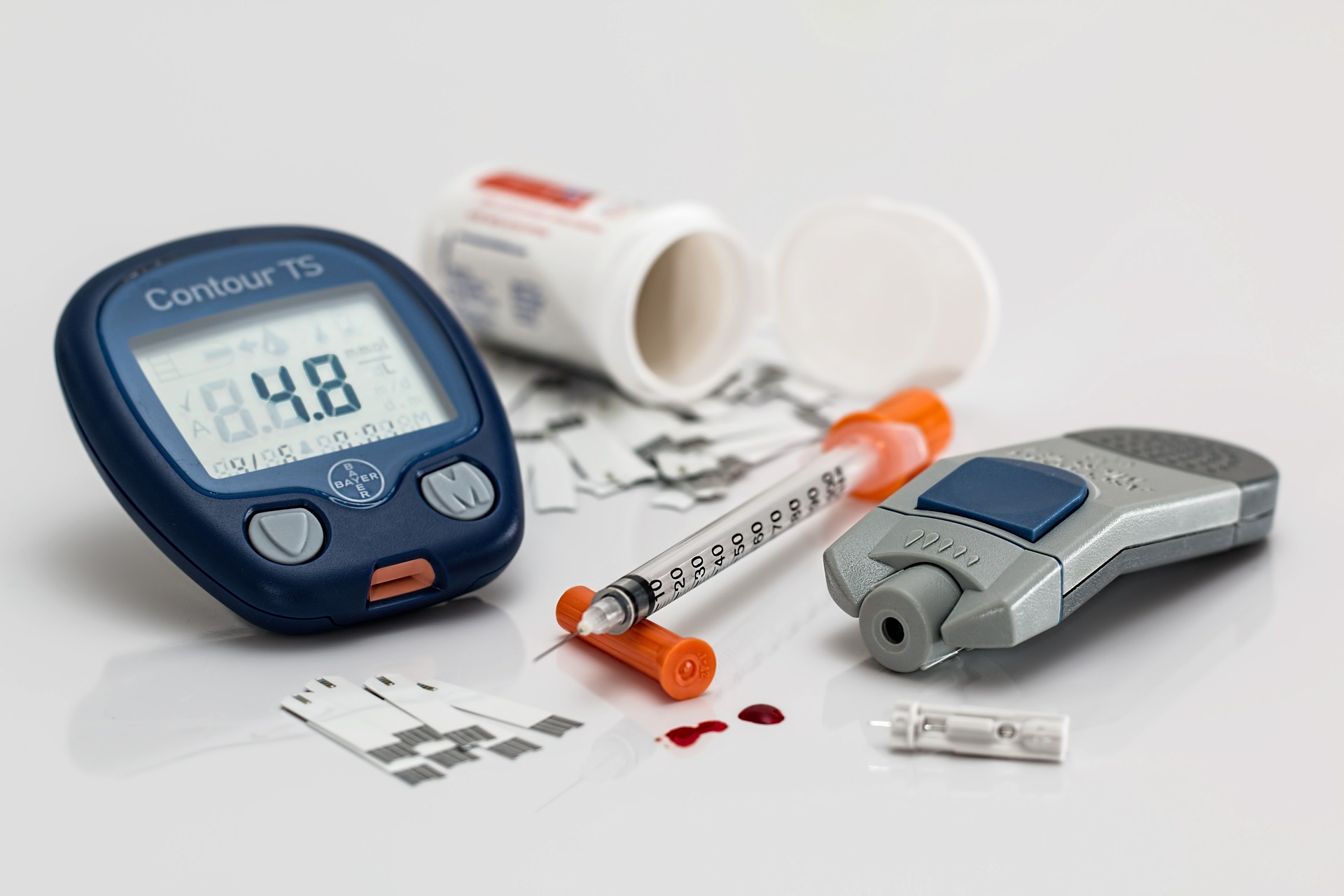
Dec 2, 2016
It promises to be a simple and elegant strategy to heal diabetes type 1: Replacing the destroyed beta-cells in the bodies of patients with newly-produced insulin-secreting cells. For years, researchers around the globe tried various approaches with stem or adult cells in order to induce this transformation. Their effort lead to a fundamental understanding of the molecular mechanisms involved in the development of beta cells — however, a compound capable of doing the trick was missing. (more…)
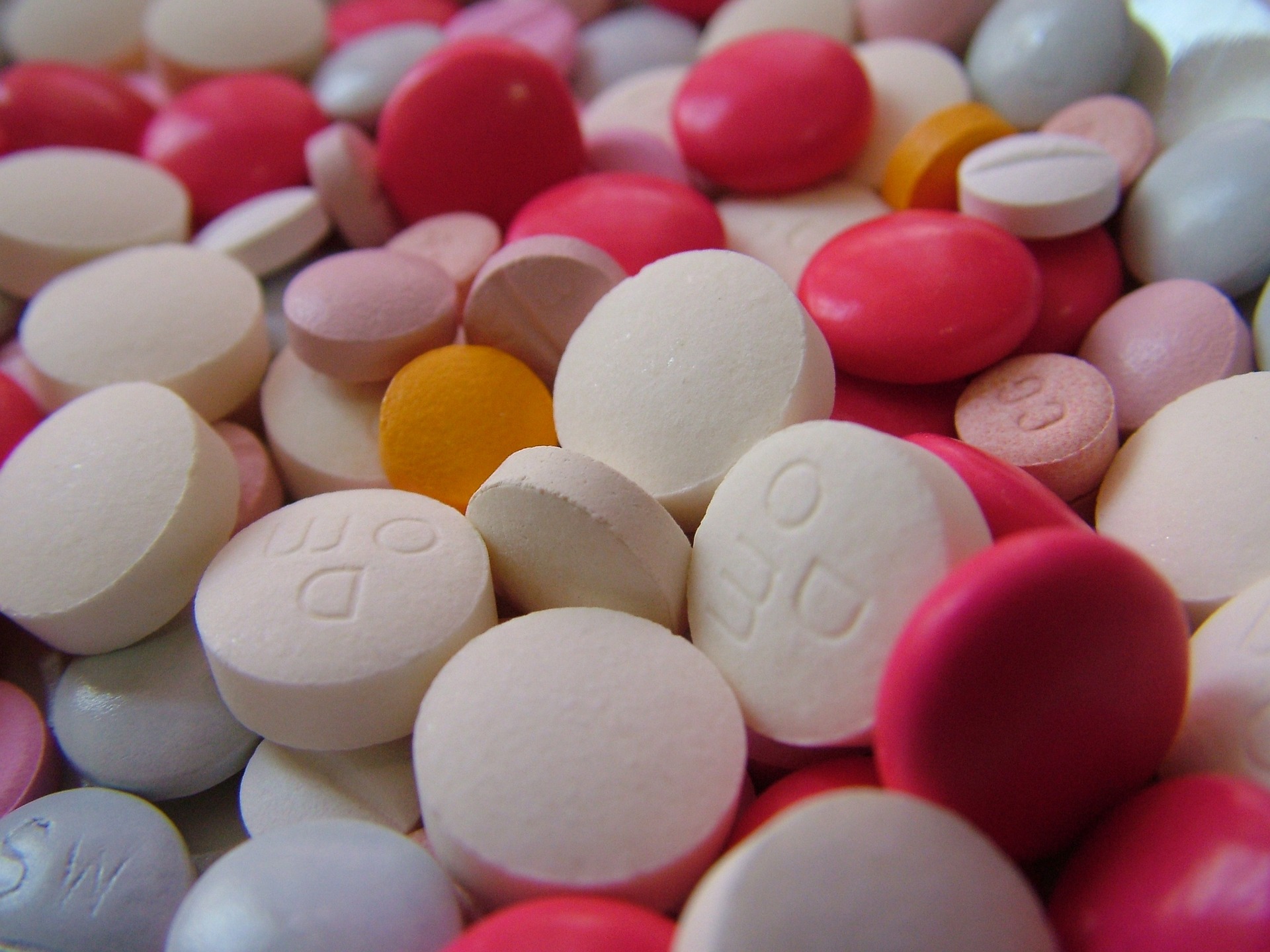
Dec 2, 2016
Researchers at The University of Manchester have discovered that a potential new drug reduces the number of brain cells destroyed by stroke and then helps to repair the damage.
A reduction in blood flow to the brain caused by stroke is a major cause of death and disability, and there are few effective treatments.
A team of scientists at The University of Manchester has now found that a potential new stroke drug not only works in rodents by limiting the death of existing brain cells but also by promoting the birth of new neurons (so-called neurogenesis). (more…)
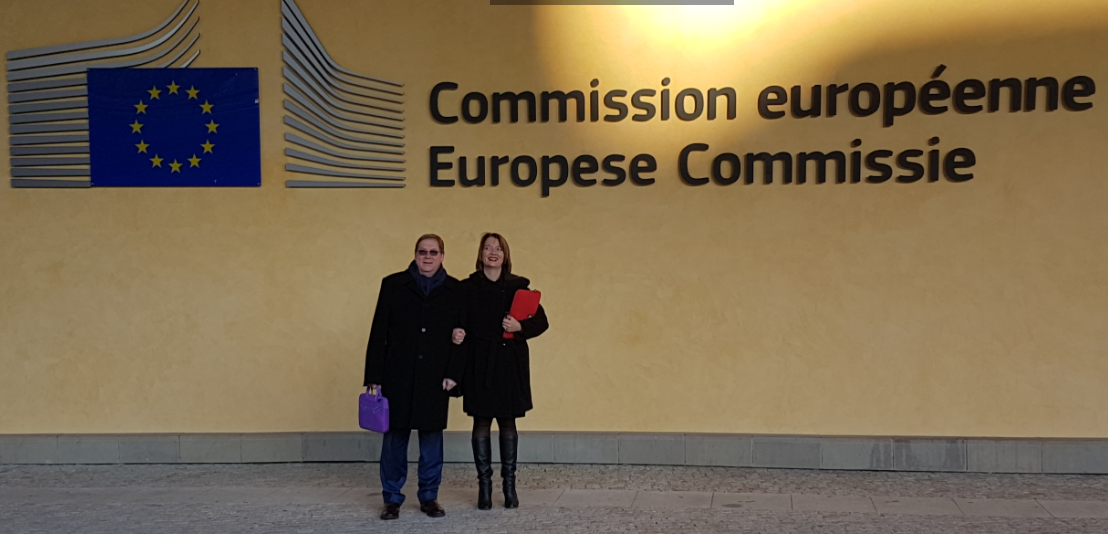
Nov 30, 2016
Brussels, 30th November 2016 – Jon Barrick SAFE President and Valeria Caso President of the European Stroke Organisation of Stroke Professionals had a meeting today at the European Union Health Commission to discuss the quality of Stroke prevention, care and support within the countries of Europe.
SAFE and ESO made a number of proposals aimed at gathering EU support for encouraging countries across Europe to improve stroke intervention. Stroke now accounts for more than 9 percent of all deaths in Europe and is the leading cause of long term severe disability. (more…)
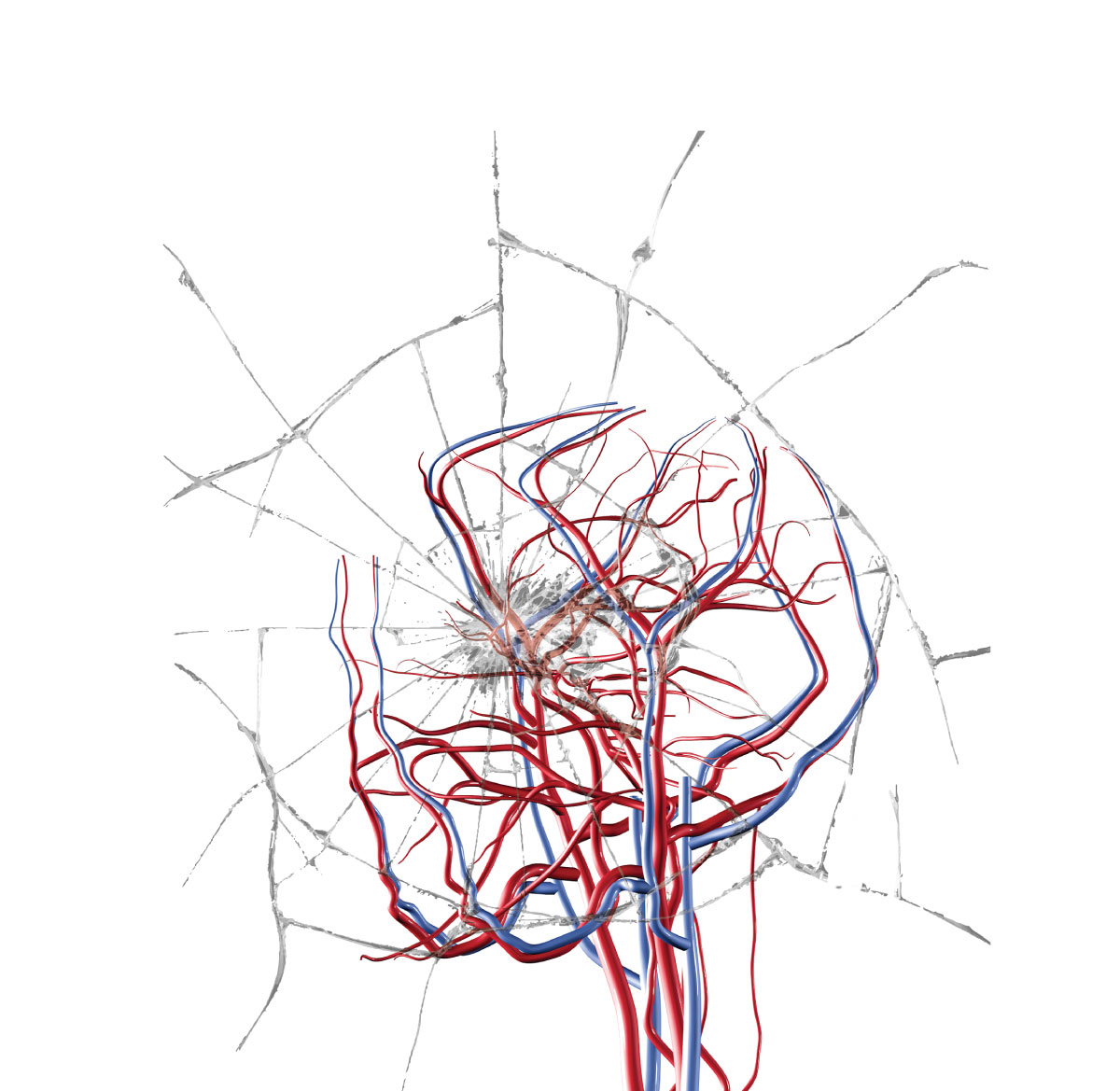
Nov 29, 2016
A brain aneurysm is a bulge in an artery in the brain that has the potential to burst or rupture. A ruptured aneurysm can cause a type of stroke called a subarachnoid hemorrhage.
An estimated 5 percent of Americans may have or develop a brain aneurysm each year, according to the Mayfield Clinic.
Not all aneurysms cause stroke, and vice-versa. However, if a person is at risk for a burst aneurysm, treatment is often required to prevent this potentially life-threatening occurrence. (more…)

Nov 27, 2016
Written by Ana Sandoiu
Published on medicalnewstoday.com
As the winter holidays are fast approaching, alcohol consumption rates are about to go up. While low to moderate drinking has been shown by some studies to have beneficial effects on the heart and circulatory system, new research suggests alcohol use may increase the risk of some types of stroke and not others.
Most people have consumed alcohol at some point in their lives. Low to moderate levels of alcohol consumption have been shown to be good for one’s health, but high and heavy drinking can have serious negative consequences. (more…)
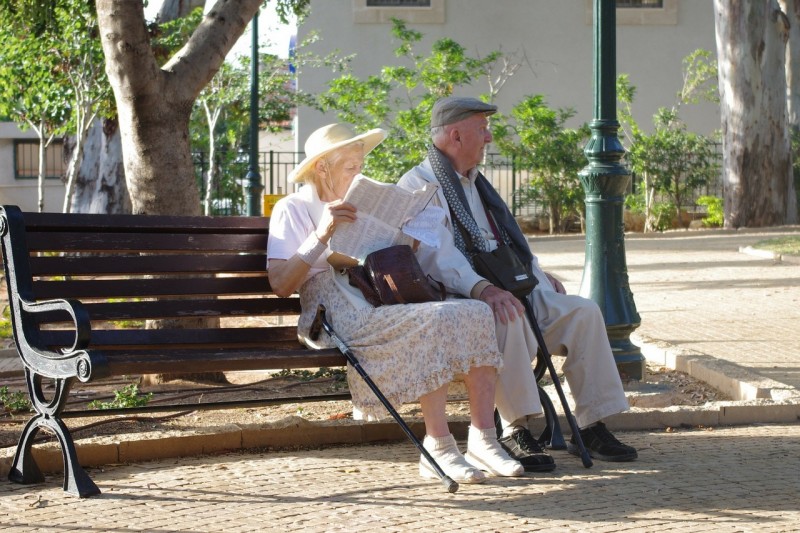
Nov 25, 2016
Published on medicalnewstoday.com
Stroke rates continue to decline in people 55 and older, while more than doubling in those between 35 and 39, according to new research in Journal of the American Heart Association, the Open Access Journal of the American Heart Association/American Stroke Association.
“People, especially those under 50, need to realize that stroke does not just occur in the old, and the outcome can be much more debilitating than a heart attack – leaving you living for another 30 to 50 years with a physical disability,” said Joel N. Swerdel, M.S., M.P.H., lead study author and a Ph.D. candidate at the Rutgers University School of Public Health in New Brunswick, New Jersey. (more…)
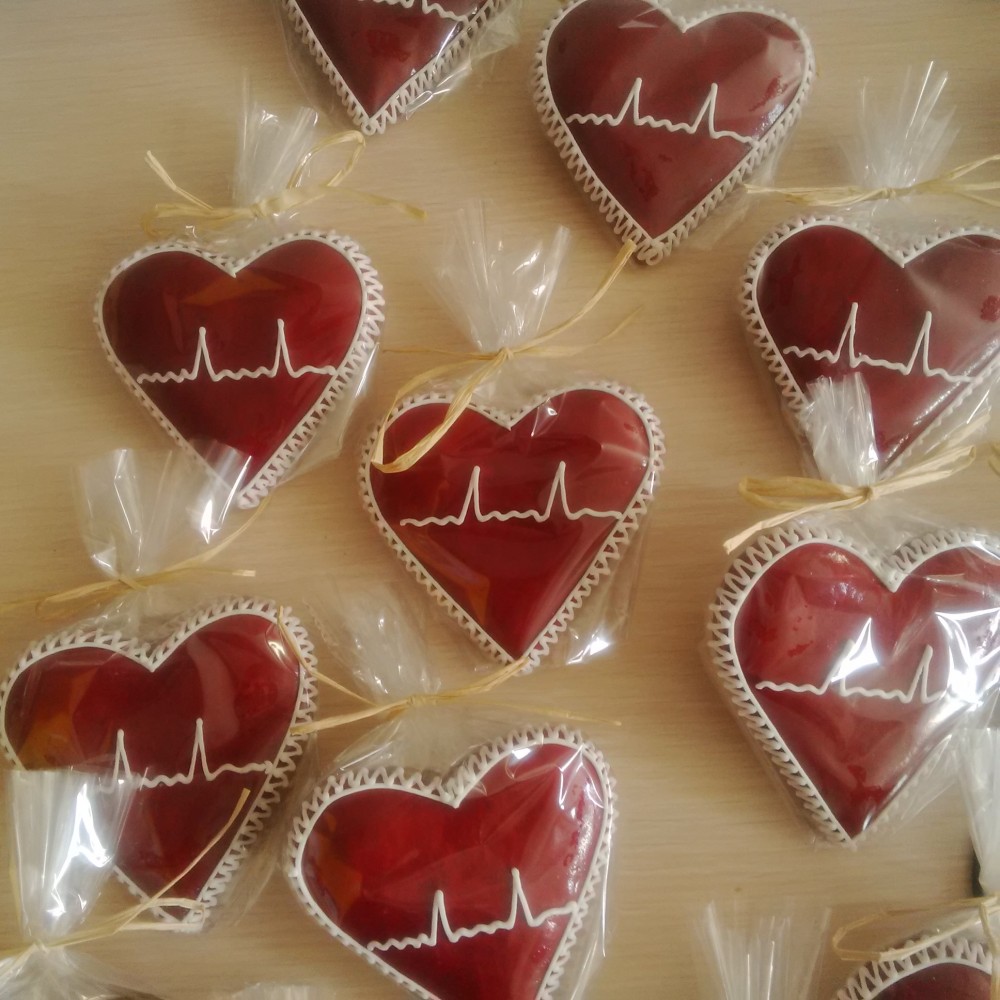
Nov 23, 2016
Published on www.medicalnewstoday.com
People with pacemakers or defibrillators who experience only short episodes of an abnormal heart rhythm known as atrial fibrillation have a very low risk of stroke, suggesting that anticoagulants in this group of patients were not likely to reduce the risk for stroke, according to new research in the American Heart Association’s journal Circulation. (more…)
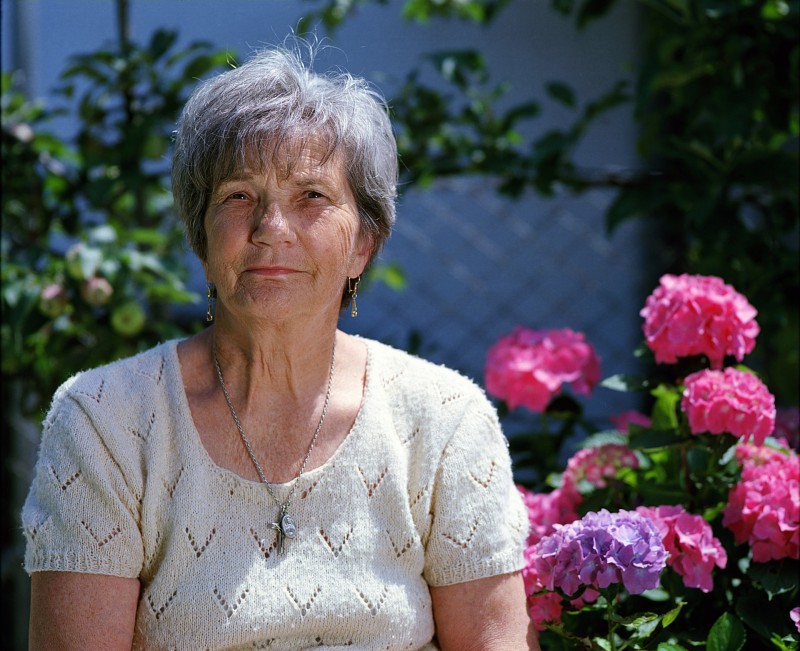
Nov 20, 2016
High blood pressure in middle age can lead to impaired cognition and is a potential risk factor for Alzheimer’s disease, according to a statement from the American Heart Association co-authored by Loyola Medicine neurologist José Biller, MD.
Dr. Biller is a member of the multidisciplinary panel of experts that wrote the statement, published in the heart association journal Hypertension. Dr. Biller is chair of the department of neurology of Loyola University Chicago Stritch School of Medicine. The panel is chaired by Constantino Iadecola, MD, of Weill Cornell Medicine and co-chaired by Kristine Yaffe, MD, of the University of California San Francisco. (more…)

Nov 17, 2016
A popular group of antacids known as proton pump inhibitors, or PPIs, used to reduce stomach acid and treat heartburn may increase the risk of ischemic stroke, according to preliminary research presented at the American Heart Association’s Scientific Sessions 2016.
“PPIs have been associated with unhealthy vascular function, including heart attacks, kidney disease and dementia,” said Thomas Sehested, M.D., study lead author and a researcher at the Danish Heart Foundation in Copenhagen, Denmark. “We wanted to see if PPIs also posed a risk for ischemic stroke, especially given their increasing use in the general population.” (more…)














